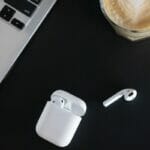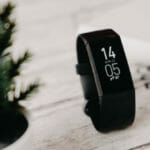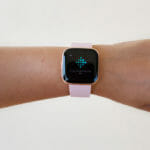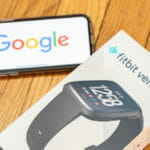Fitbits are an incredible piece of equipment that you can purchase in the modern era. They have plenty of uses, but primarily they are used to track your fitness and exercise data.
Of course though, it also tracks your daily routine and should be worn most of the day.
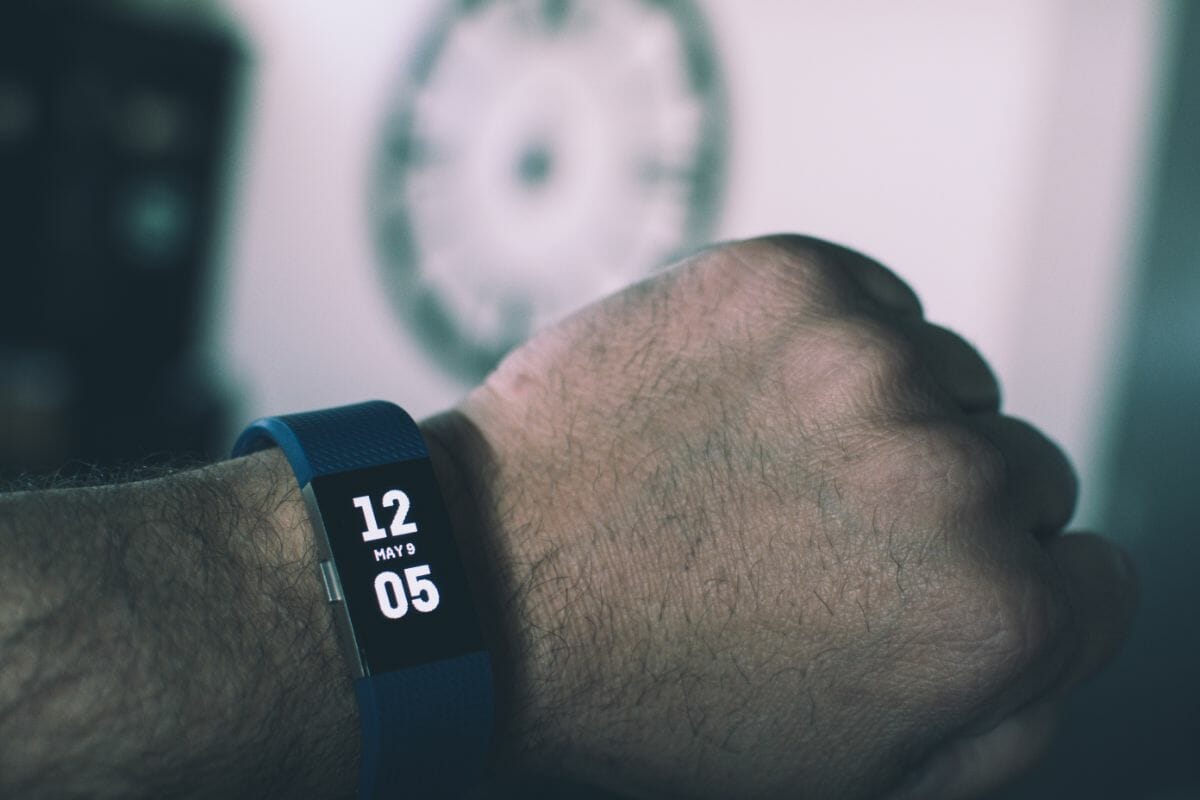
As a result, you might wear your Fitbit in the shower – and this is where the water lock feature comes into play.
While Fitbits aren’t waterproof, they are water resistant and the water lock feature allows you to shower by preventing buttons from activating.
Indeed, there’s a lot to know about the water lock feature, so I’ve written this handy guide that explains everything you need to know about it.
Ready to know more? Then read on for all the answers.
Water Resistance V Waterproof
One of the biggest misconceptions about Fitbits and a lot of other wearable devices for that matter is the distinction between water resistant and waterproof.
Fitbit has never claimed that their wearable devices are waterproof, but they have said they are water resistant.
This is shown through the water lock feature.
The water lock feature essentially prevents the buttons and the screen from being activated when water is present, which stops water from entering into the electrical features and damaging the internal system.
For example, if you were to wear your Fitbit in the shower or when by the pool, the device can cope with the occasional water splash (think being outside in the rain for instance), but it is still vulnerable to being submerged in water for prolonged periods, or soap entering it.
What Does The Water Lock Feature Do?
The water lock feature is primarily designed to protect the inside of the Fitbit becoming damaged. However, it goes a little further than this.
When water lands onto the screen, it can register as a “touch”.
This in theory can lead to your settings being changed and even affect your fitness data.
It’s worth pointing out that even though the water lock feature prevents the screen and buttons from being activated, notifications are still able to come through.
Is My Fitbit Immune From Water Damage?
Absolutely not. No Fitbit is immune from water damage, even with the water lock feature.
It’s also worth noting that the water feature and how it operates has changed over time depending on the model of Fitbit you have.
The models that offer the water lock feature include:
- Fitbit Luxe
- Fitbit Sense
- Fitbit Inspire 2
- Fitbit Ace 3
- Fitbit Versa 3
- Fitbit Charge 5
Fitbit Versa 3 and Fitbit Sense should automatically activate the water lock feature when you start a swim in the exercise app.
However, other models require the feature to be activated manually.
Remember, over time and with enough exposure to water, Fitbit will eventually succumb to water damage.
If you wear your device in the shower, you should be extra careful with things like soaps and shampoos.
How To Activate Water Lock
You must first ensure that your Fitbit device has the water lock feature. Once you have established this, your next steps are the following:
- Tap your screen to wake the device
- Swipe downwards until you reach the “water lock?” option
- Select the appropriate option
If you have an Ace 3 or Inspire 2 model though, you need to do the following:
- Press and hold both the buttons together on the tracker
- Tap the water lock icon and then firmly tap the screen twice
- You should see the lock icon which means it is active
To deactivate the feature, you only need to tap the screen twice (but you may need to do this firmly).

What To Do If Your Fitbit Gets Wet
Even with the water lock feature, you’re always advised not to get the device wet whenever possible.
If you do get moisture or water onto the device, you should dry the screen off using a microfiber cloth.
If you have submerged the Fitbit in water though, a microfiber cloth can only do so much.
Fitbit actually suggests using a soap free cleanser if the device has come into contact with other liquids such as soap.
If you have got the device incredibly wet, leave it out to dry in an open and aired area.
Try to avoid placing the device on a hot surface or in rice – as this can do more damage than good.
Fitbit suggests that its devices are water resistant up to 50 meters because they’re engineered to be fine to swim with and deal with conditions where water would be abundant.
Should I Shower With My Fitbit On?
This is an area of contention. For the serious longevity of your Fitbit, you’re probably better off removing your device first and placing it in your bedroom away from the moisture of your bathroom.
However, there’s nothing stopping you from wearing your device when you are in the shower.
If you choose to, you should try to avoid exposing your device to too much water, and avoid any soap and shampoo indefinitely.
Are There Waterproof Wearable Devices?
Some devices may claim to be waterproof, but you will find that the majority of wearable devices are the same as Fitbit, in that they are water resistant.
In fact, some models of the Apple Watch have a feature designed to help trapped water escape.
Any good manufacturer will never claim to be entirely waterproof, for legal purposes, and this can cost the company a lot more money than expected.
The Bottom Line
The water lock feature on Fitbit devices is simply a way to try to protect the device from too much water damage, but it also protects the screen from unnecessary taps, which could affect your data or change your settings.
I hope this guide has helped you further!
- How to Clean a Leather Watch Band: Quick & Easy Tips for a Fresh Look! - July 7, 2025
- How to Connect Bose Speaker to iPhone: Exciting and Easy Steps! - July 6, 2025
- Best Cheap Bluetooth Headphones - July 6, 2025


